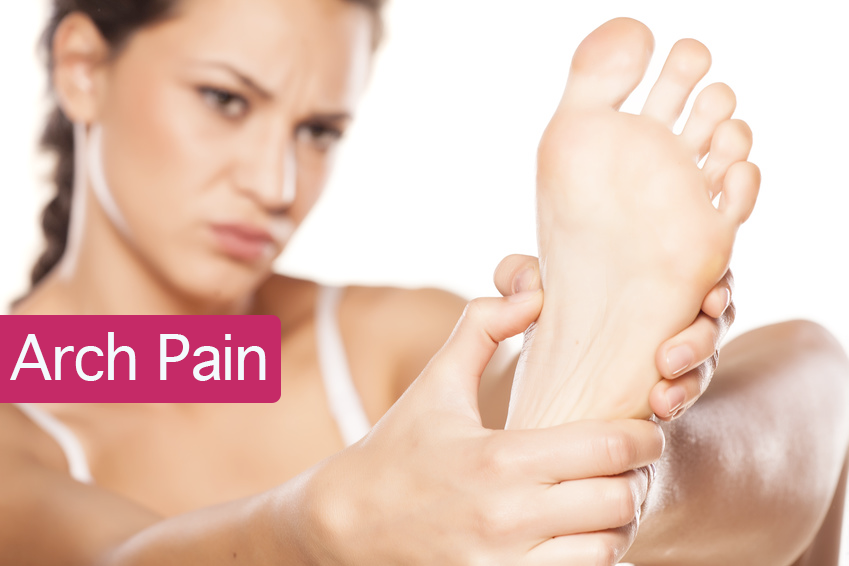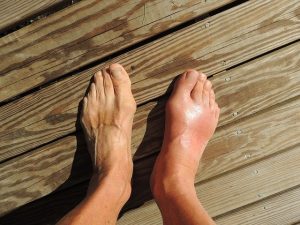This month I thought I would write about one of the most common causes of arch pain, Posterior Tibial tendinitis or Posterior Tibial dysfunction as it is sometimes known.
I see this condition a lot in my clinics and it can be a progressively debilitating condition. Which can, if left untreated result in rupture of the tendon.
It can present in several ways, a slow progressive onset with pain in the medial side of the arch starting from the middle of the arch. Sometimes the pain will progress around and behind the ankle and up the lower third of the leg. The condition is exacerbated by exercise and even walking can lead to discomfort. Or it can be sudden onset following particularly vigorous exercise or going down particularly hard on the affected foot.
Let’s just do a bit of anatomy before we come to the third presentation. Posterior tibial muscle is situated behind the shin bone (Tibia, as the name suggests) towards the outside of the leg. The tendon runs from the lower end of the muscle around the back of the inside ankle (Medial Malleolus) to attach to the Navicular a bone in the middle of the arch. This muscle is to a large extent responsible for pulling the arch of the foot up. So in those people with a low arch this muscle and tendon have to work a lot harder. If the foot flattens out (pronates) then with over use, the individual can experience pain at the attachment of the tendon (ensopathy) in the arch or as the tendon runs behind the ankle bone increased friction and irritation there as I have already mentioned can cause pain around the ankle and into the bottom of the leg.
The third presentation is pain on the top of the foot. But why? The attachment is under the arch? Well the body doesn’t like pain so if it hurts to use this tendon to maintain the integrity of the arch we then compensate and use the tendons on the top of the foot to try and do the same thing. Unfortunately they are not designed to do this and start to get inflamed themselves resulting in compensation pain on the top of the foot.
Finally there is rupture; this may not be dramatic and sudden as it can slowly progress from partial rupture with increasing lowering of the arch and spreading of the toes away from the midline of the body and turning out of the heel, to total rupture where the arch ends up touching the ground (weight bearing Navicular).
Occasionally rupture is sudden often taking the form of a sports injury the patient will feel it go and will require immediate surgical intervention within 24 hours before the tendon retracts up the leg.
So what to do? Well there is plenty. Rest and reduce the inflammation, be that with ice, anti-inflammatory drugs or as favoured in my office, Laser to the area. Then supporting the foot either with strapping or an orthotic (arch support)
In severe cases, an Air Cast which is a bit like a Ski Boot to immobilise the foot and give the tendon total rest. Usually Posterior Tibial tendinitis is diagnosed from symptoms and palpation, but where rupture or partial rupture is suspected MRI is very useful.
Philip Mann Podiatrist / Chiropodist 686 912 307 www.footpodiatrist.com









